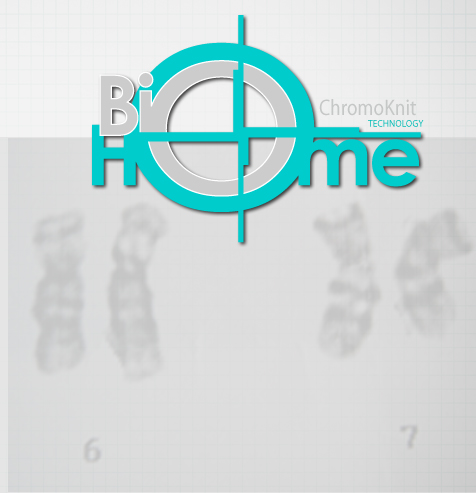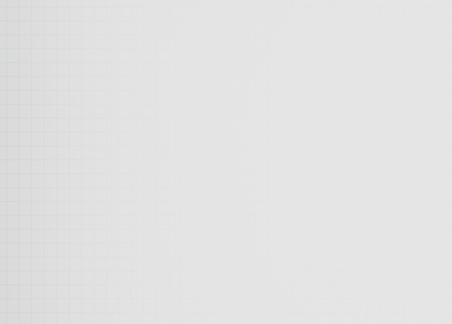







BioHome:
The Chromosome Knitting Project.This project presents a new form of hybrid performance, incorporating live biotechnology in an interactive installation. It also features video, interactive sound using DNA sonification, live DNA knitting and live performance and text. The live ‘wet biology’ practices, namely knitting DNA and displaying live cell cultures on stage, will be used to explore reproductive futures and bio-technologies.
The project has developed as a result of the artists’ attendance at Symbiotica Wet Biology Workshop (BEAP), where she practiced hands on biotechnologies, such as DNA extraction, cell culturing and genetic modification and also explored ethical and representational issues around biotechnologies. Results of this, and my previous research will be made available to all the artists prior to the immersion/ experimentation period.
The project has used the dramaturgical/ directorial input of Nikki Heywood, and during the creation of the performance/installation itself, input from Catherine Fargher as a performer and writer. The DNA data sonification and knitting pattern sonification features results from a collaboration with Terumi Narushima, Doctoral student, University of Wollongong, Faculty of Creative Arts.
The bio-technology aspect of the development has involved working with a molecular biologist, Dr Ren Zhang, from the Wollongong University School of Biological sciences, who assisted Catherine to experiment with the extraction of large quantities of DNA from a range of plant material, including corn, potatoes and wheat germ, which can then be dried, spun and physically knitted. This is being done with some assistance from Symbiotica (Uni of Western Australia) biology trainer, Gary Cass. The use of live caterpillar pupae cells in performance to depict reproducing life forms, involved initial consultation with Symbiotica director, Oron Catts and work with Associate Profesor Mark Wilson, at UOW School of Biological Sciences.
Background to the work
This work was first conceived as part of the ‘Motherload’ creative development project, funded by the New Media Arts Fund of the Australia Council, with collaborators Maude Davey, Catherine Fargher and Heather Grace Jones. During that development, Maude, Catherine and Heather Grace worked with genetic researcher Dr Tony Roscioli, and New Media Artist Sarah Waterson, to explore the new frontiers of genetic technologies and their impact on the female body and reproduction. We placed the results of our work on a website: URL: http://members. ozemail.com.au/~isdesign/motherload/As part of her Doctorate of Creative Arts at Uni of Wollongong, Catherine has developed a series of four fables exploring bio-ethics; exploring the moral and bio-ethical issues associated with the complex ‘new natures’ that we find ourselves living amidst in this century, and the futures they suggest. My definition of ‘new nature’ includes a human or natural environment that incorporates the ‘life sciences’, ‘genetic technologies’ and ‘bio-technologies’. In this particular instance, reproductive fables such as Tom Thumb, Rapunzel and Pinocchio explore the compromises that someone who ‘wishes’ for a child may make, and the creation of something other than a biological child, i.e. live cell cultures or a knitted DNA doll.
During the initial research and development phase of 'Motherload', we found that knitting was an excellent model and metaphor for genetic coding, as well as an interesting metaphor for reproductive issues. My continued exploration of this subject led me to attend the Symbiotica ‘Wet Biology Workshop’ at BEAP 2004, where I was able to experience hands on biotechnology practice; extracting DNA from pea seedlings, creating a genetically modified ‘glow in the dark’ bacteria, culturing live cells from a pigs hock, and dealing with the issues of contamination, mutagens, and responsibility towards partially living objects first hand (how do we keep them alive? When do we let them die? ). I was at the ‘coal face’ of the science we are debating at a public level, and it was both exciting, an ethical mine field, and confronting at a deep level, the very reasons I had started to explore these issues in the first place. Most exciting was the discovery that I can in fact knit DNA in its dried form.
As a result I realized the importance pf presenting this science live, rather than merely ‘representing’ it through a mediated form. I am inspired to take the representational aspects of science further by presenting the biotechnologies within performance, allowing the audience to interact with the science that the work is critiquing, so that ethical questions can arise from the variety of meanings that are created. Previously these technologies have been mainly used by visual and installation artists, but rarely presented in a performance context.
The development and small scale showing will also allow an experimentation, which reflects the intersections and clashes between this traditional female technology, new media arts technologies, and the content of bio-technologies. I am motivated to pay homage to some of the early work of Laurie Anderson, Barbara Campbell and pioneering female new media artists who have experimented with a range of technologies and forms. I am also interested to explore interactivity as a means of the audience engaging as fully as possible with the biotechnologies I am depicting.
Artistic influences on the project, where the work is placed in relation to other creative work being done in this area.
The work locates itself within the contemporary art practices that are interrogating new developments in science and technology, bio-ethics and post-human futures. While many of these interrogations are being carried out by new media and visual artists, such as Patricia Piccinini, Justine Cooper, and Ionat Zurr and Oron Catts, the artists from Tissue Culture + Art Project through Symbiotica in Western Australia, increasingly these topics are being interrogated by performance artists in this country, embracing the notions of hybridity being encouraged by the New Media Arts Fund and others. The area is also attracting academic interest, including Dr Anna Munster’s work on radical ethologies, and resurgent interest in Michel Foucaults concepts of ‘bio-power (from the 1977 lecture ‘Society must be defended’.During the research and development stage of this project, we became aware of a number of projects dealing with cloning and genetic futures, the most prominent being Patricia Piccinini's works 'Still life with stem cells' 'Siren Mole #1 and #2' and 'The Young Family'. Also performances in Melbourne such as 'The Teratology Project' from the Institute of Complex Entertainment, director Susie Dee, and the performance work 'Cult of the New Eve' by the Critical Art Ensemble, US. (www.critical-art.net/)
The project responds and is inspired by burgeoning areas of research and discourse surrounding ‘Science and Art’ as exemplified by the recent EAF Biotech forum at the 2004 Adelaide festival, and the Symbiotica forum ‘Bio-difference’ and biotech workshop, and the ‘Converse’ exhibition, at the Adelaide Biennial of Art 2002.
Other artistic influences for this performance include early Laurie Anderson work, and pioneering female new media artists such as Barbara Campbell. Especially where this incorporation of experimental technology is linked to their corporeal and textual performance work, and stripped back to essential elements. Anderson’s early performances such as ‘Duet for violin and door jam’ and ‘Film projection from inside purse’ ‘ the electric chair’ and ‘doormat love song’ are examples of these. As is Campbell’s, ‘The midday movie and the history of Australian painting’. Many of these performances were highly innovative in their use of quite simple objects to trigger more complex technologies.
Textual styles, as they are abstracted by sequencing and the hybrid process, may reflect more cut up texts of performance poet Amanda Stewart or the hyper-texts of Francesca da Rimini, as they were utilized by performer Tess De Quincey in her performance ‘Nerve 9’.
The work is also continuing the development of the 'Motherload' series, which started in 2002. This development generated some very exciting ideas for all the collaborators, and we are all continuing to develop the works from this period, including Maude Davey’s new performance work ‘The Future of the Species’. The academic and creative work with my doctoral supervisor Dr Merlinda Bobis, exploring mutation and hybridity of performance forms in response to new human futures is influencing the development. Finally the ethical and representational discussions which were incorporated as part of the Symbiotica ‘Wet Biology Workshop’ as well as discussion with collaborating scientist /artists Gary Cass and Oron Catts, have influenced my choice to include live biotechnology in the presentation, rather than representation of the form through other means.
 |
 |
|
||||||||||||||
 |
|
 |
|
|||||||||||||
|
|
|
|||||||||||||||
|
|
|
|||||||||||||||
|
|
 |
|
|
|||||||||||||
 |
|
|||||||||||||||
|
|
|
|||||||||||||||
 |
|
|
|
|
|
|
|
|
|
 |
|
|||||
|
|
|
|||||||||||||||
|
|
|
|||||||||||||||
|
|
|
|
|
|
|
|
|
|
|
|
|
|
|
|
|
|